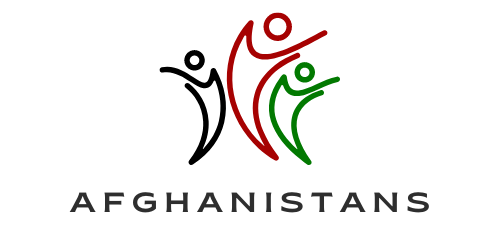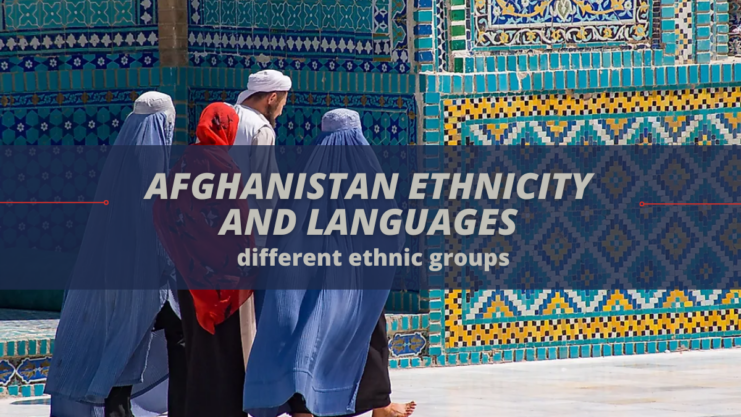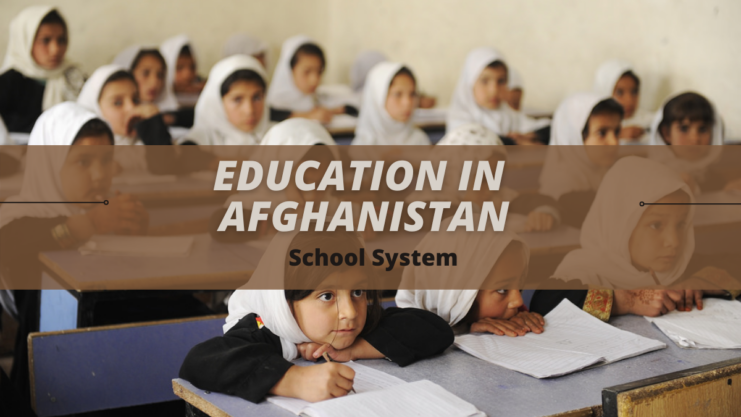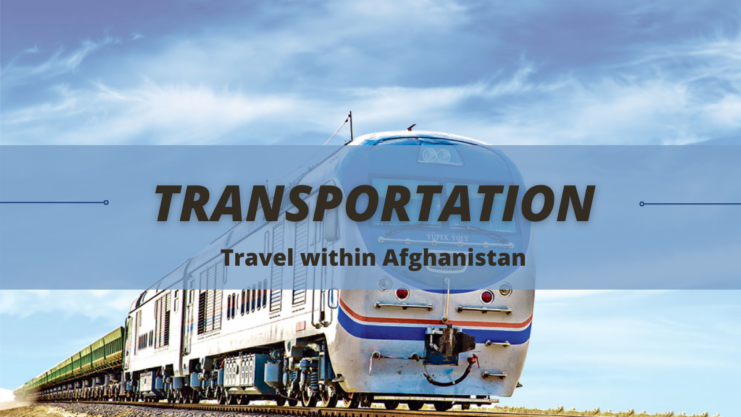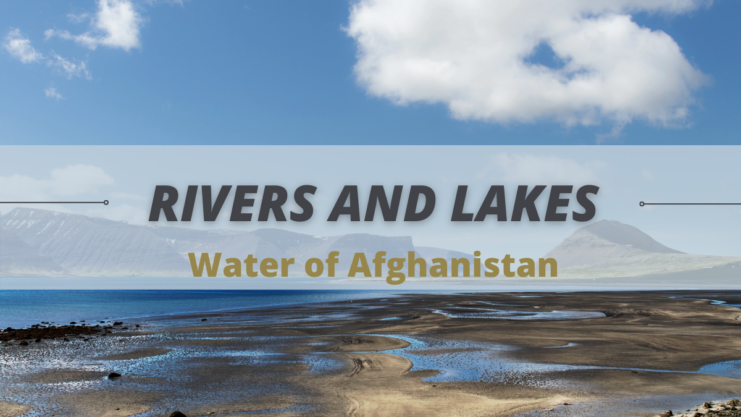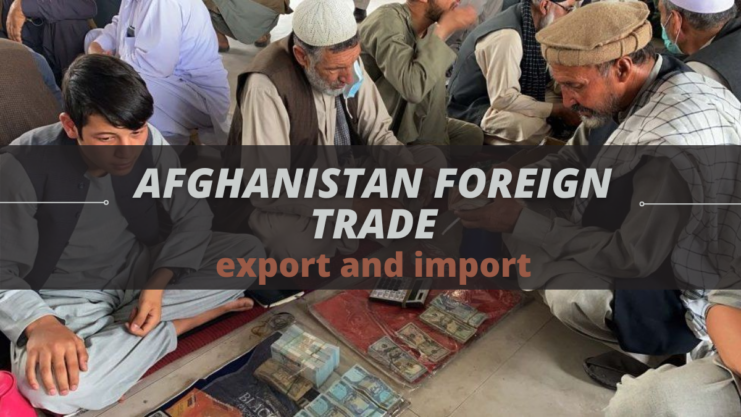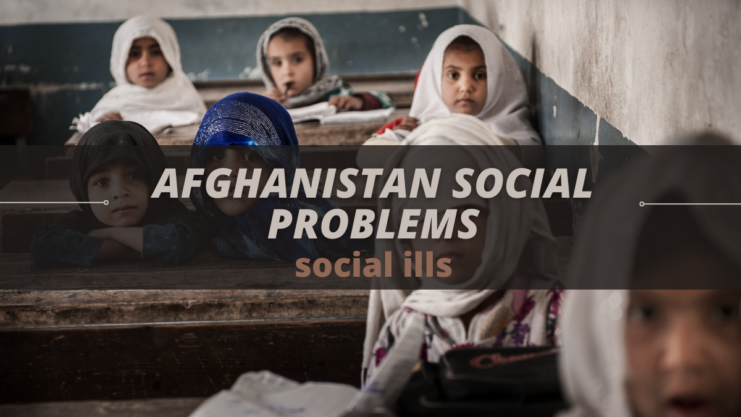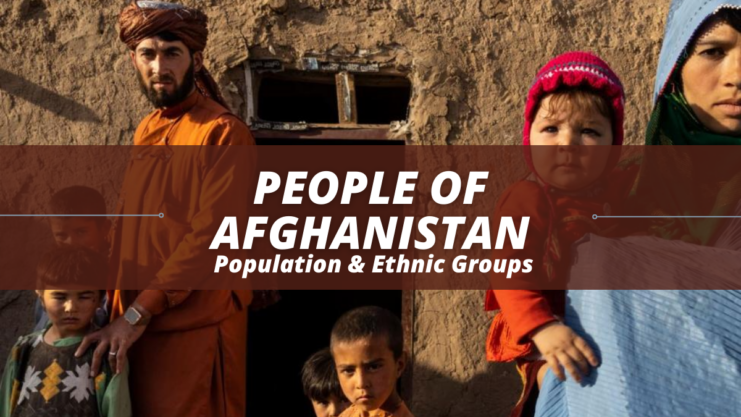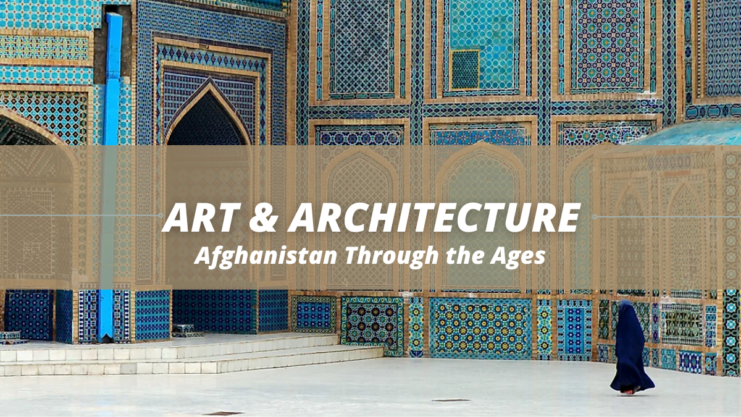Afghanistan Mountains – The Tallest Points of Afghanistan
Mountains dominate the landscape, traversing the center of the country, running generally in a northeast-southwest direction. More than 49 percent of the total land area lies above 2,000 meters. Although geographers differ on the division of these mountains into systems, they agree that the Hindukush system, the most important, is the westernmost extension of the … Read more
